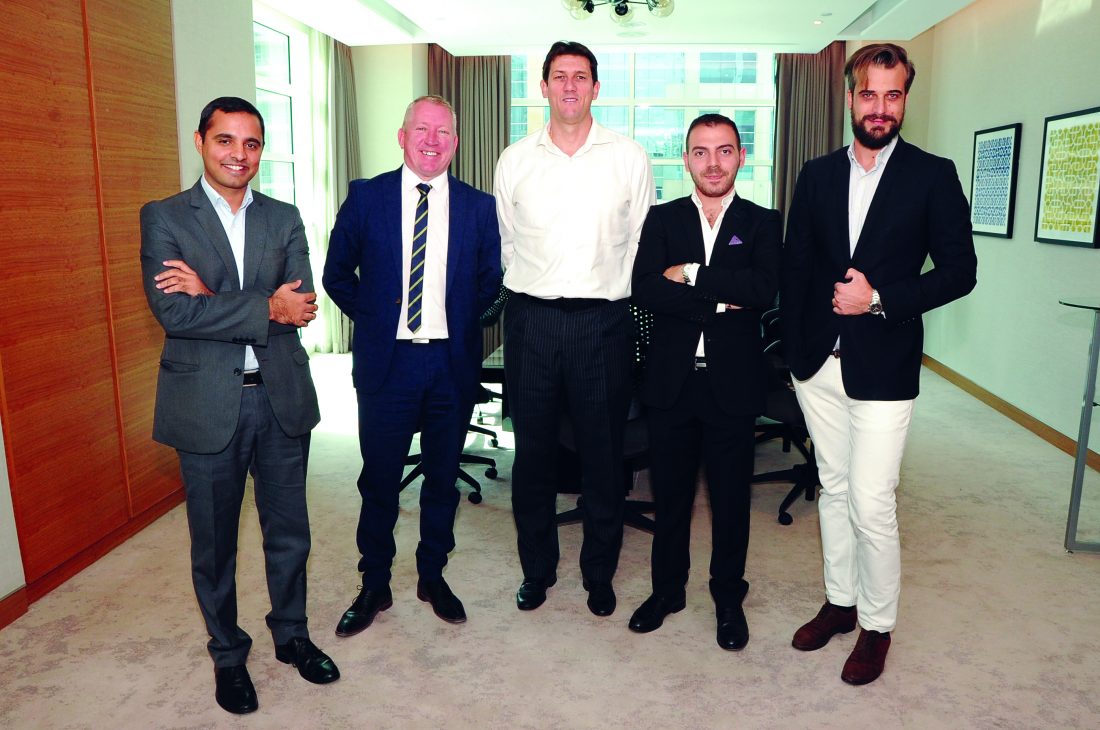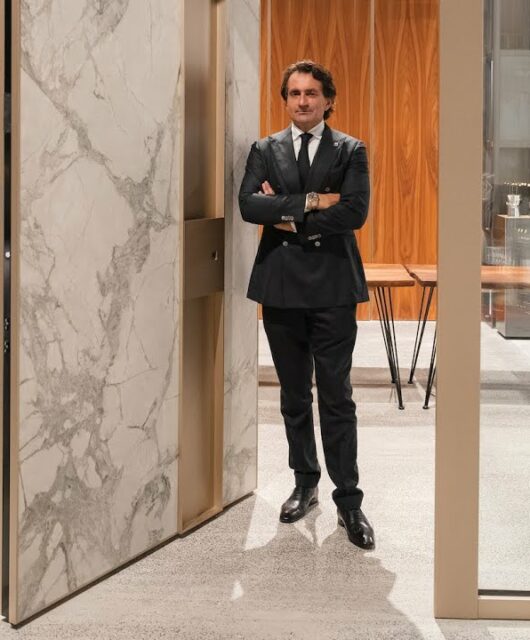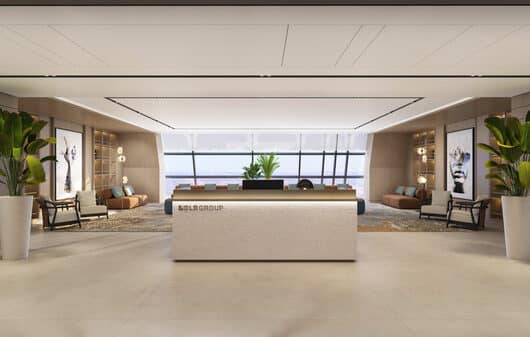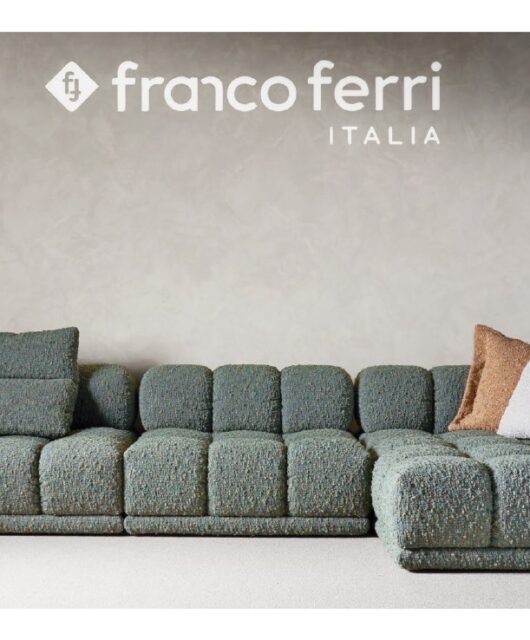Challenges in the fast-evolving market!
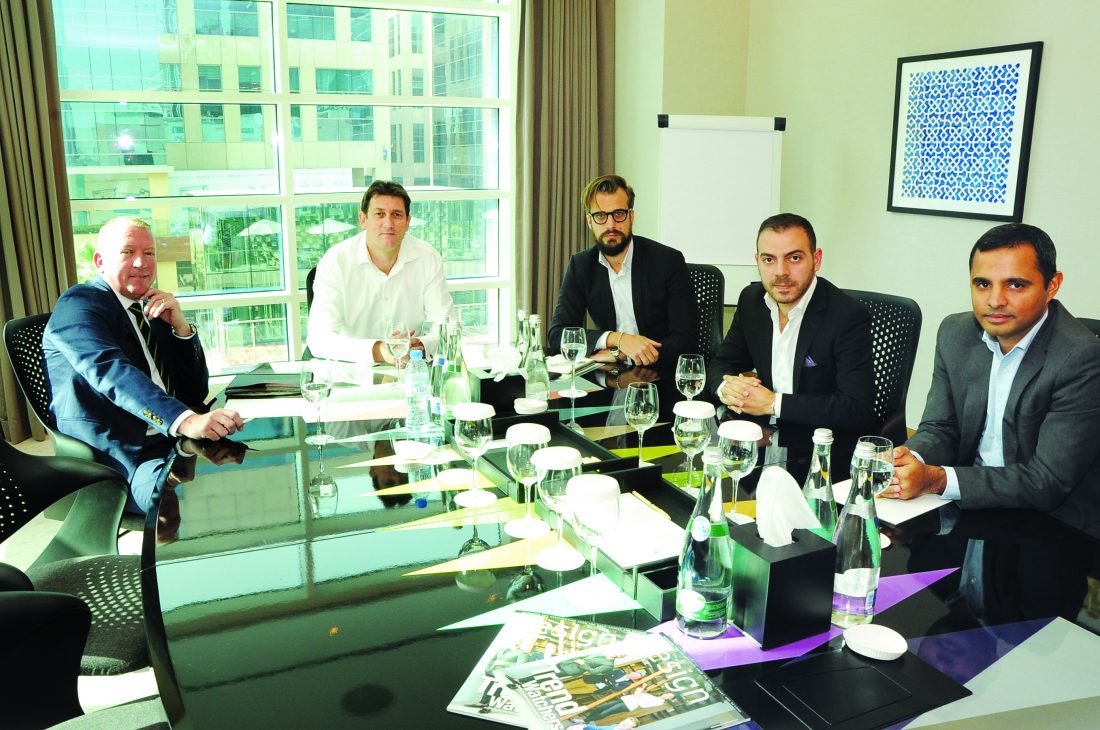 Design Middle East hosted an exciting roundtable discussion at the Double Tree by Hilton, Business Bay, on the market dynamics and emphasis on experience. The agenda was to understand whether the market is booming or not from the supplier and retail side, current market situations, fierce competition, and tricks to survive. Here’s a round up of the discussion with our esteemed panelists and their fair views on the changing business model
Design Middle East hosted an exciting roundtable discussion at the Double Tree by Hilton, Business Bay, on the market dynamics and emphasis on experience. The agenda was to understand whether the market is booming or not from the supplier and retail side, current market situations, fierce competition, and tricks to survive. Here’s a round up of the discussion with our esteemed panelists and their fair views on the changing business model
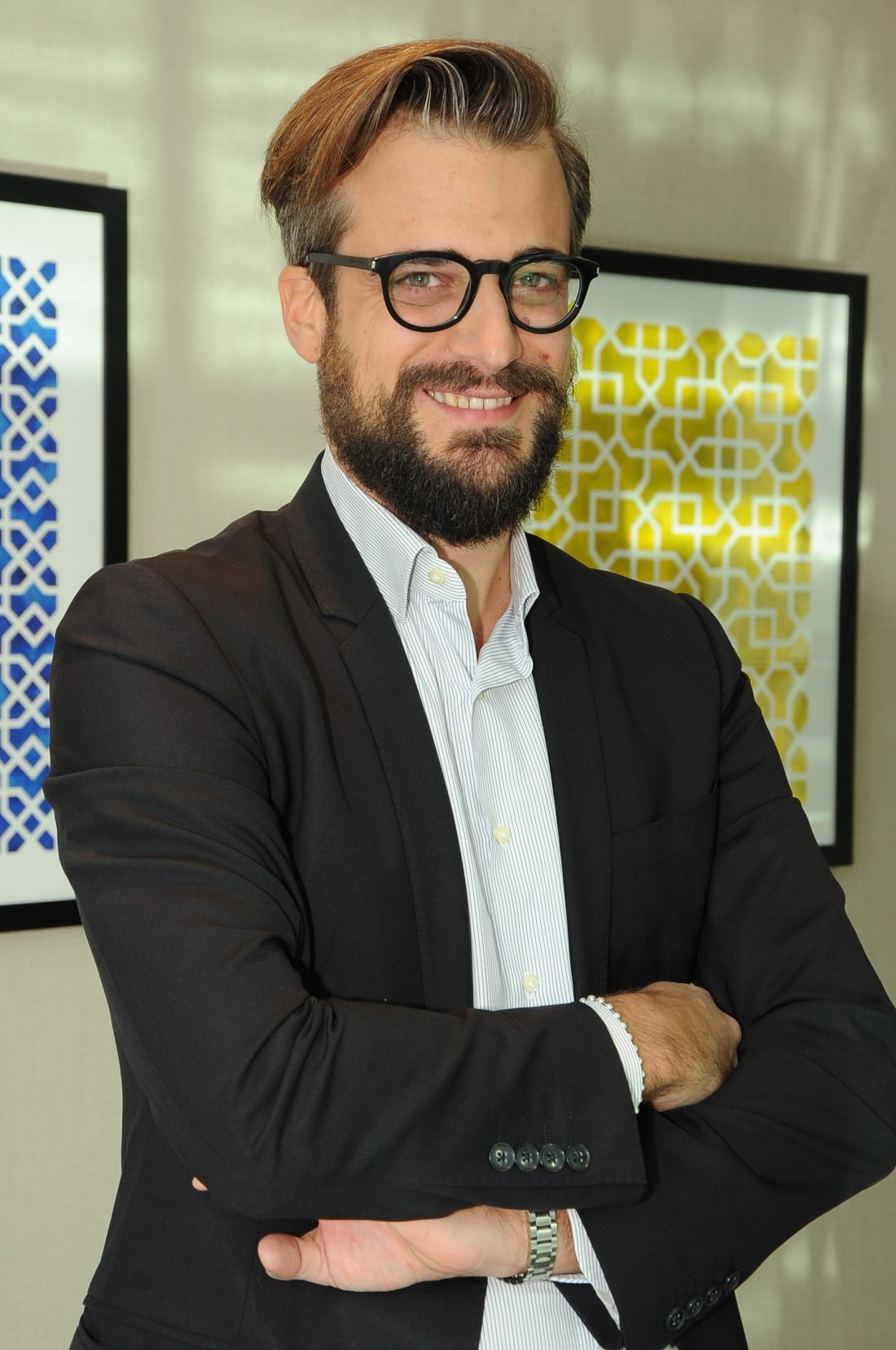
sales director, Finasi
The current market situation
Richard: The furniture market is not really as booming in the region as it appears in the surveys and figures. We do diverse things like we export to a lot of African countries, and then we have eight stores in all the emirates and opened a new concept
Patrick: In the last six months, there has been a noticeable increase in the sales. Last year, what helped us was the VAT, a lot of people wanted to make the final payment and others wanted to finish their projects. However, the four years had been very erratic, there have been so many ups and downs in the market.
Luca: We have a different business model. We collaborate with major developers like Emaar, Select Group, and Meeras because we are very strong in providing the right product at the right time. We also specialise in fit-out and can do full turnkey projects from start to the end. Our main clients are huge villas on the palm and F&B clients; this way we can cover the clients with different price ranges. So, the market is fine for us. The whole idea is to provide the client full service in terms of professionally, choose the right product, and give the best service. We specialise in kitchen and wardrobes.
Rami: The retail furniture market is not ever growing and it has its own ups and downs, and this is a normal thing for us. Our products are expensive, and we expect good periods and notso- good periods in a year.
Nalineedhar: It’s a very challenging time to be in the market. From the consumer side, we expect an inflation of at least 3-4% in this market with a VAT of around five percent, so basically your expenses go up by eight percent, so the question is how does a consumer bear those expenses? Another challenge is that how to establish a pricing model where the company makes the profit and also pass on the benefits to the costumers? We are a homegrown concept, there are other international furniture brands coming inside the country so it adds experience and greater knowledge to the customer, so the customer expects a similar kind of a product at a different price. So we have to match that also, So the needs are evolving, the economics is changing. It’s a challenging time for us.
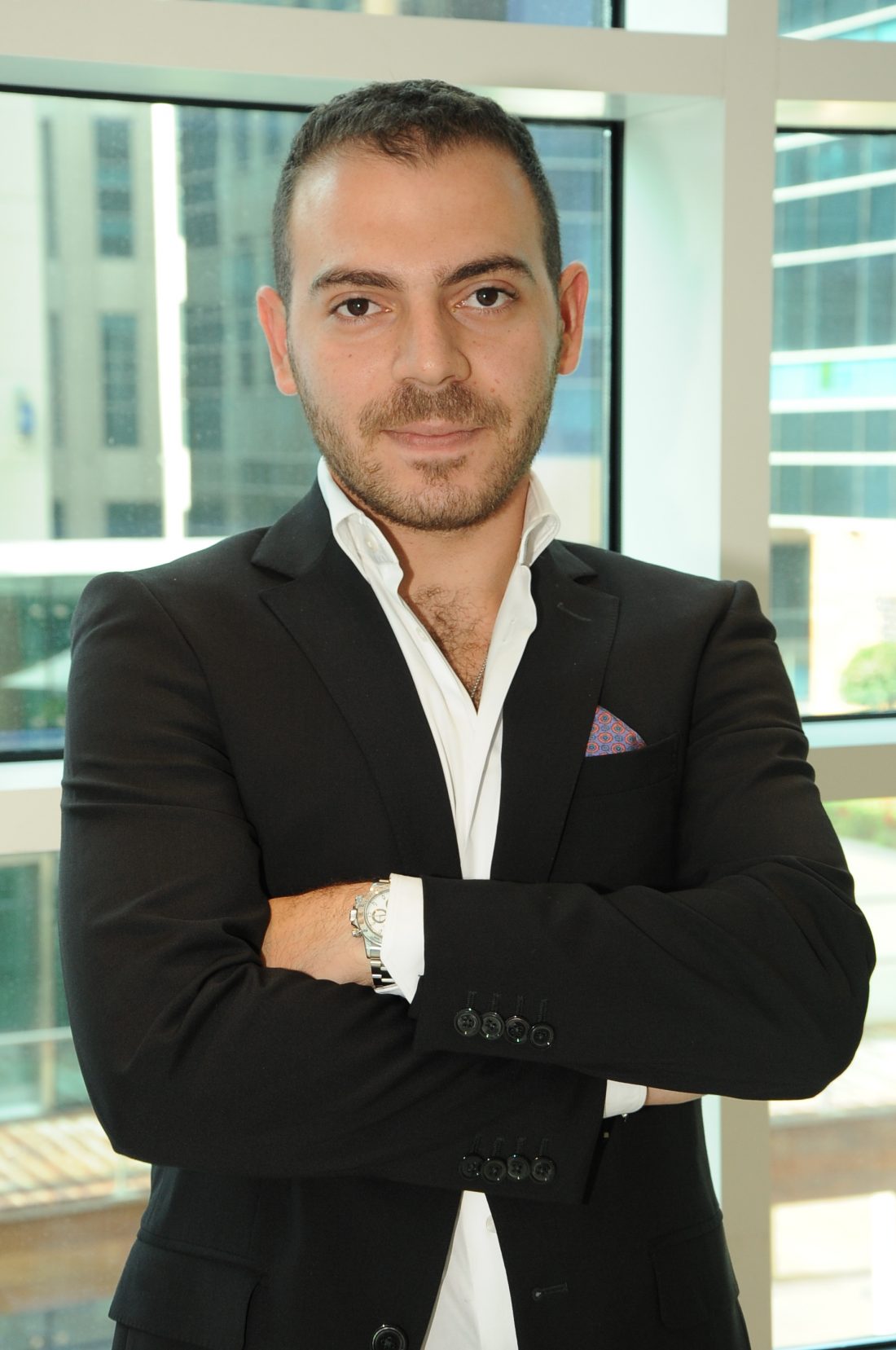
The fierce competition
Richard: One has to be aggressive because the demands of the customers are changing. They see things online –western styles, with different finishes. We need to offer the customer what they want, we have to evolve. Our biggest competitors are stores like Home Centres, Pan Emirates, and Homes R Us.
Patrick: Maintaining flexibility, and listening to the customers is very important for our business. We can be very flexible if the client is looking for a two-three week turn around and doesn’t walk to spend too much money, then we use our own products. We can be fast and economical as well. We can customise products for our clients, we can do half a project with our stock items and the other half with the customised goods. This way we are very flexible and it works well for us. For brands like Marina Home and The One, customisation would be a challenge; it would be very difficult for them. You might end up buying a dining table for AED2,000 online, but if you’re spending AED20,000, you would like to go to a store and check it out personally.
Luca: My main competitors are the Italian brands, and German brands as well for the kitchen section. We are more focussed on the projects, and for kitchen and wardrobes one needs measurement and installation, so here online competition doesn’t matter. They want to see the product and touch them physically, which is not possible in the online medium. Our clients want to get in touch with the designers for meetings and other clarifications; this is the kind of relationship they want to build.
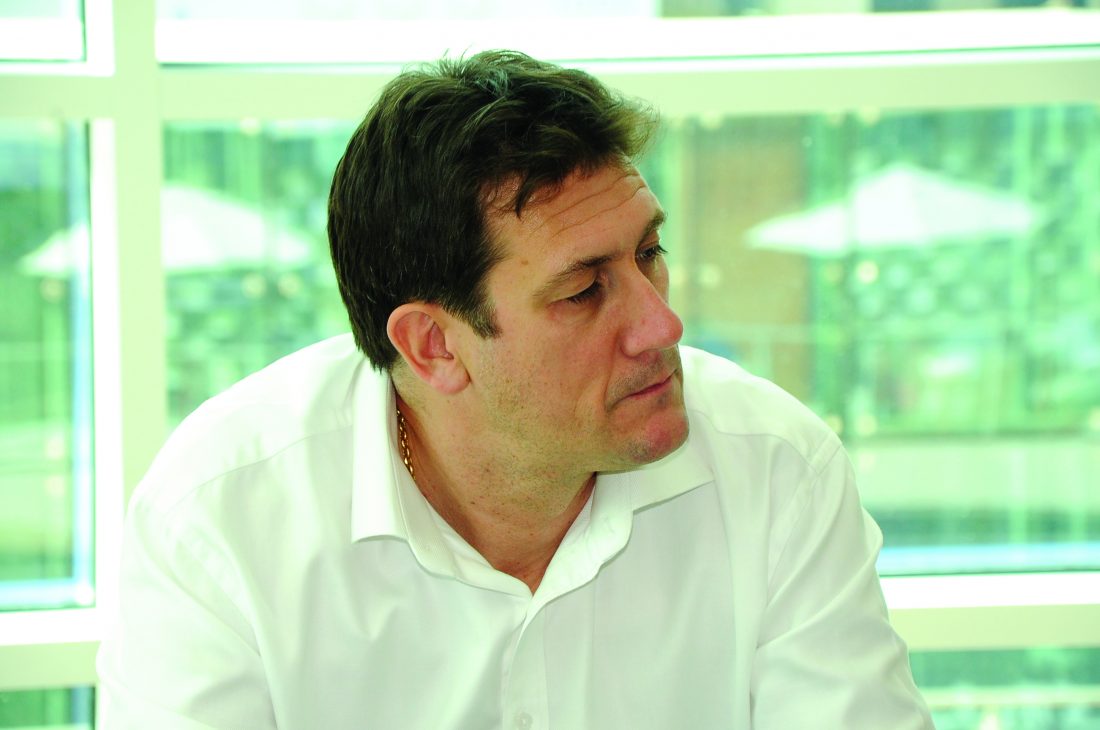
managing director, Zen
Interiors
Rami: We are a high-end American luxury brand, and our competitors are the brands from the luxury section. The only thing that can become an obstacle for me is that when customers show me something on an online website, which I do not have. Though I have a huge stock of products, which are fast moving, so this is how I work. But sometimes clients do go to other luxury brands in case they show something, which is not available in my showroom.
Nalineedhar: We have competition from homegrown retailers, and the international retailers, who have taken the franchise route. We are looking at different ways to add to the customer’s experience. One of the retailers has opened a cafeteria in the store, it adds experience, and we want customers to spend more time the store. Once the experience gets changed, then they would want to come to your store and pick your product over something else. Price is one factor but experience matters a lot.

general manager, The
Home
The correct pricing
Richard: Most of our customers are price-oriented. Majority of the people would go around the competitors and if you don’t have the right kind of sales person telling why are you paying the extra price for a particular piece of furniture, they will definitely go for the cheaper version. We have to be price conscious, we have to constantly check our competitors what are they charging.
Patrick: Pricing is not as important for us. Like if a person buys a villa on the palm and doesn’t live here and wants to come just three to four times in a year, they are not using this property as a full-time house means they have disposable income. The fact that they want someone to finish their house completely and they want to come with just a suitcase, it clearly means they are not going to run around the stores. So, as long as you charge them with reasonable fees for your furniture and designs are acceptable, they don’t ask much.
Luca: If we speak about single items for retail, the price is very important, the clients are aware of the prices already because of the internet and travelling. Also for interior designers and architects, we have to maintain the right price, the pricing policy is very important. In case of contracts, we must be strong and competitive. We must provide them with satisfactory services, then pricing is not a big issue for them.
Rami: Sometimes people just walk in and they know the product and don’t talk about the money at all, and there have been times when customers are very price-conscious. Our products are expensive but we offer unmatchable quality and craftsmanship as well. Baker sells like a fashion, lifestyle, and living brand and not just like any other furniture brand. People know that they’re investing in a high-end quality product, which will be forever with them. Nalineedhar: It’s a highly involved purchase. The consumers are spoilt with choices; we have competition from online websites as well, in terms of discounts and styles as well. We have to check our inventories and the sourcing of the products. It depends from where are we sourcing a very product be it China, Eastern Europe or Turkey, at a very good price an then pass that value to the customers laced with the all microeconomic things that we’re seeing. This will give us a better idea about which pricing model works the best for us.

Educating the clients
Richard: We need to educate customers about what should they expect from the furniture. We should make them aware and help them in making the right purchase. Once you know your customer, this helps in building relationship, otherwise they’ll go to some other store.
Patrick: Maintaining flexibility and listening to the customers is very important for our business. We also need to educate them about the sustainable products and healthy living.
Luca: It’s very important to teach the clients about the advantages of your products, and explain their qualities, this way one can justify the price as well.
Rami: When customers know about your brand and what they’re buying, things are easier. So, the awareness of the customer is very important. We have to pass on the knowledge to them in order to do sales and build relationships. Our products come from North Carolina, we aim at zero wastage and recycle as much as possible, we have to inform the client about all such value-added features as well.
Nalineedhar: Customer relationship is very important in this field. Once you speak to them more frequently, they become comfortable and things ease out. Customers need to be aware of the products, their features, and how the value they will derive out of it.
